
Energy Vision has selected Flexenclosure – a Sweden-based designer and manufacturer of prefabricated data centre buildings and hybrid power systems for the ICT industry – for a significant eSite hybrid power system rollout in Gabon.

Tele2 said it is launching a project to make its 4G network more energy efficient through a range of technical updates and innovations, as well as participation in the global network SooGreen (service-oriented optimisation of green mobile networks). Sweden has a plan to reduce total energy consumption by 20 percent by 2020.
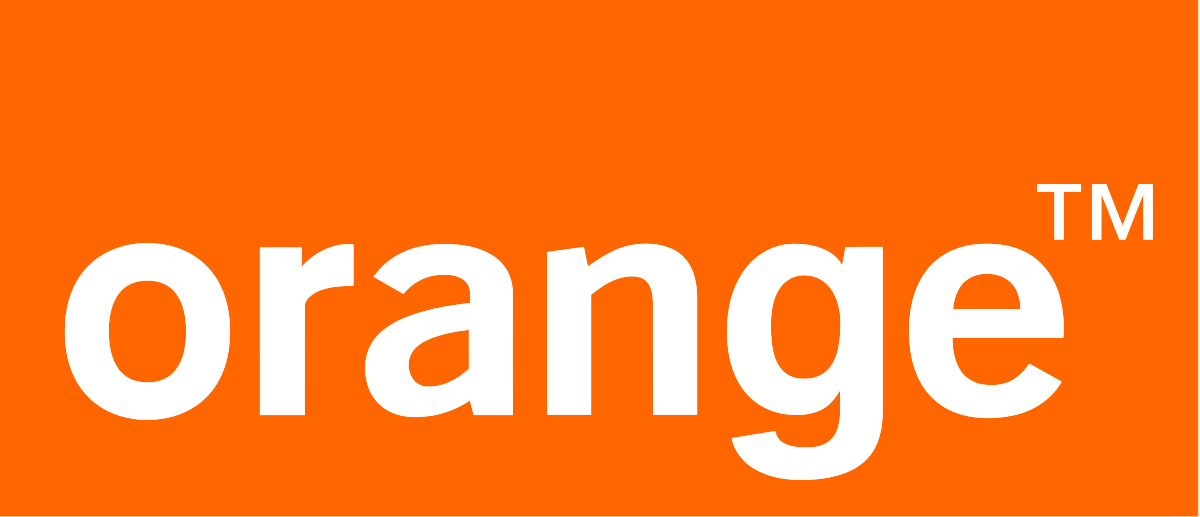
The world has been deeply transformed by digital technology and this intense digital activity has an inevitable consequence: an increase in energy consumption. That’s why Orange has been working for more than 10 years to optimise its networks and equipment.
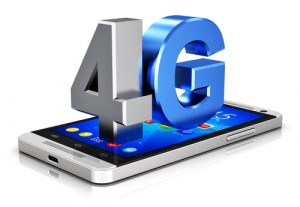
Sweden-based Tele2 revealed a new initiative to make its 4G network “even more energy efficient”, as part of its commitment to meet UN climate goals for 2020. In a statement Tele2 said it was the only Swedish operator to have undertaken an “extensive energy efficiency project to contribute to the UN’s climate goals”.

The event included a session on innovative project ideas, where experts from the ICT community discuss emerging R&D needs and proposals for related collaborative projects. This is always an extraordinary opportunity for participants to present their companies and expertise, to offer project ideas for collaboration and to find partners.

Mobile networks are witnessing the emergence of new services with an exponential growth of traffic volumes. Video services constitute a major part of the traffic and their share is expected to increase. Internet of Things (IoT) traffic is also gaining importance with the explosion of the number of connected objects.
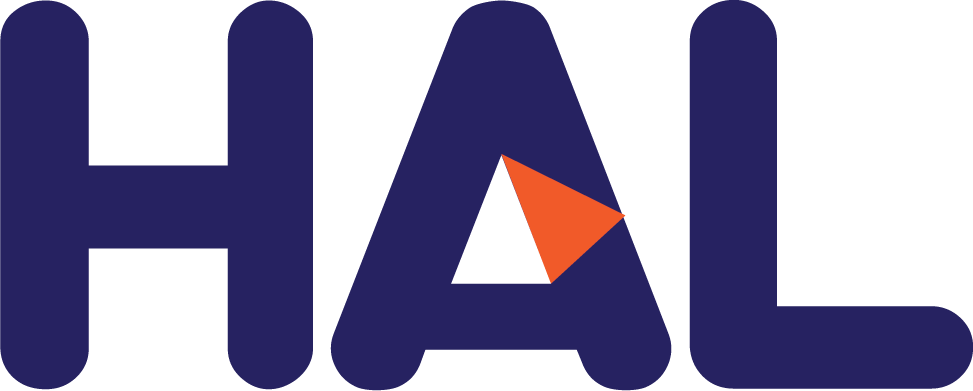
Our Shapley-based model accommodates both short term network behavior, in which the fixed energy component is independent of the traffic load, and longer term behavior, in which it varies with the load and infrastructure. Uniform sharing accounts only for the short term, and the proportional one only for the longer term.
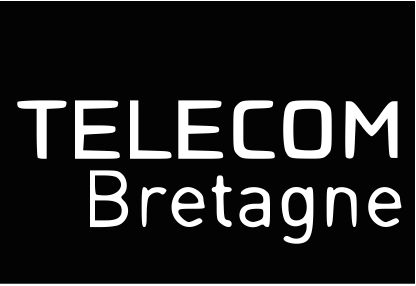
Energy efficiency of wireless cellular networks is a well-studied domain and many proposals have been done following different amelioration paths. In this paper, we analyze the efficient use of small cells in a renewable energy context and considering real-time price of grid energy. We study the use of an algorithm adapted for this context and analyze it in simulation. Our results show that a suitable number or density of small cells gives better cost and energy savings performance, if we take grid energy cost into account.
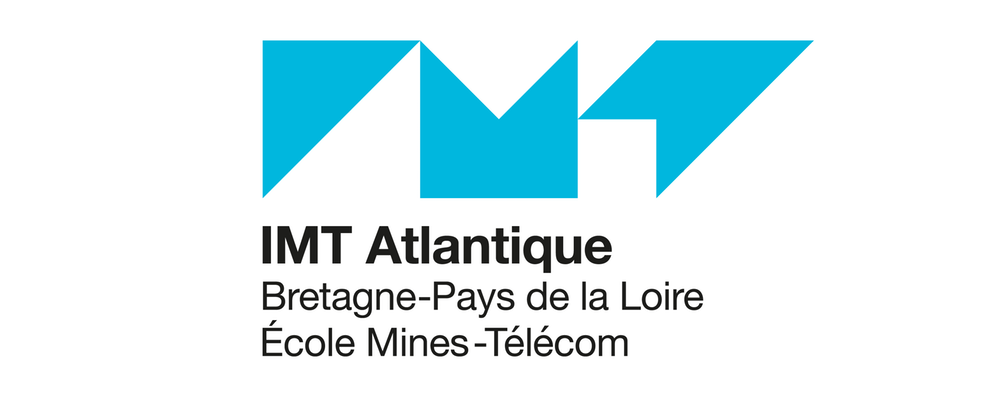
The usage of renewable energy has emerged as a promising solution for reducing the grid energy consumption of cellular networks. In this paper, we study the trade-off of users’ satisfaction and grid energy consumption considering different types of traffic. Users’ satisfaction of each type of traffic is rep- resented by a utility function, as this allows for a better trade-off between energy consumption and users’ satisfaction. We study the trade-off between grid energy consumption and users’ satisfaction for different weightage of each of the two objectives. Results show that grid energy consumption can be reduced of up to 40% with only 6% degradation in terms of users’ satisfaction.

This paper presents experimental investigations on a real Orange telecommunication cabinet cooled using a special designed cooling loop in order to increase its maximum operating power limit and reduce its electrical consumption. The proposed cooling loop is an innovative development in the telecommunication cabinets cooling field since it operates without electrical consumption. Different condenser types are tested on the loop, where their effects on the loop performance are investigated. Increasing of the working fluid fill charge enhances the evaporator performance.
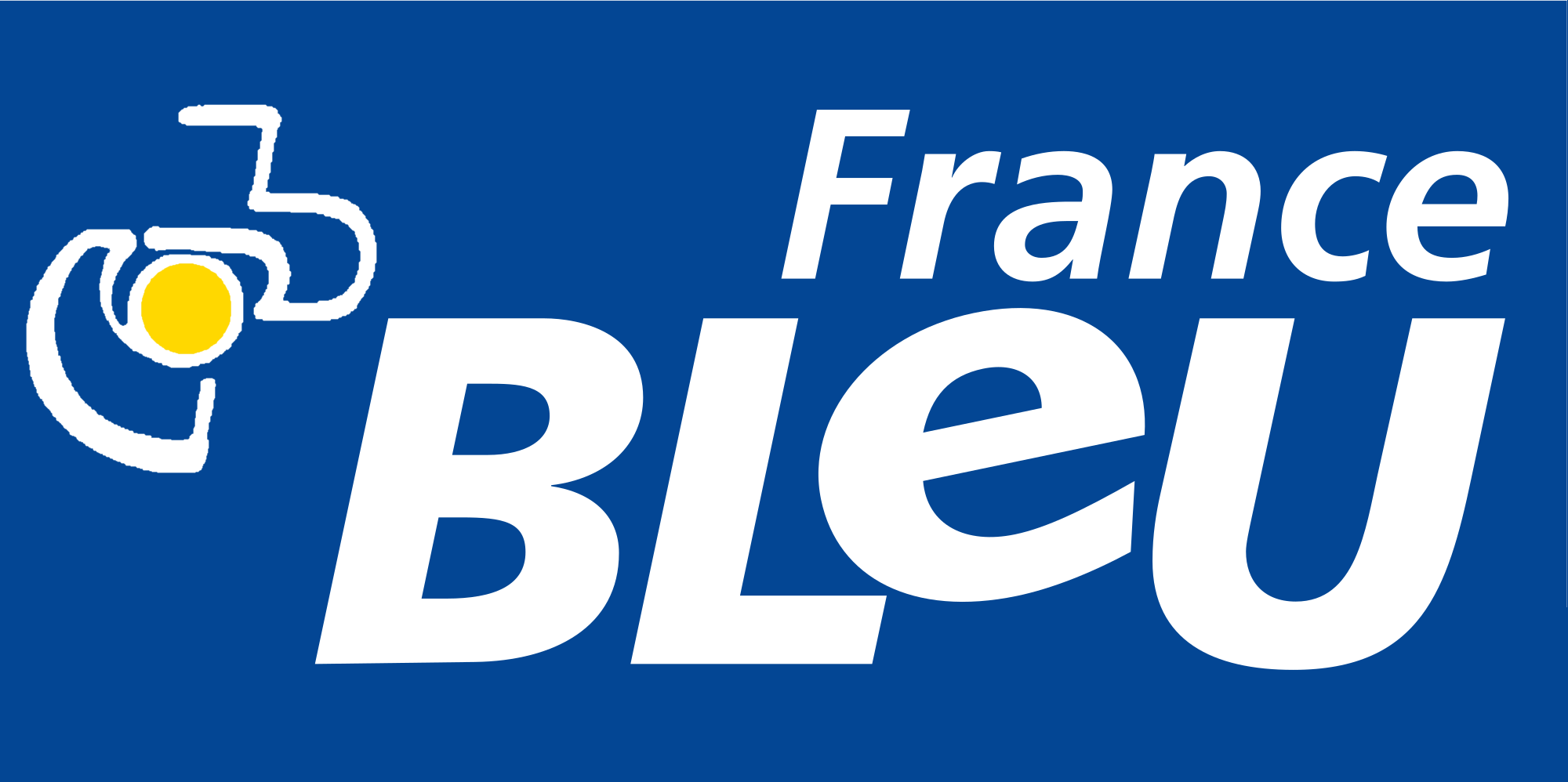
Paper: Limiter l’énergie consomme par les mobiles
Audio:
